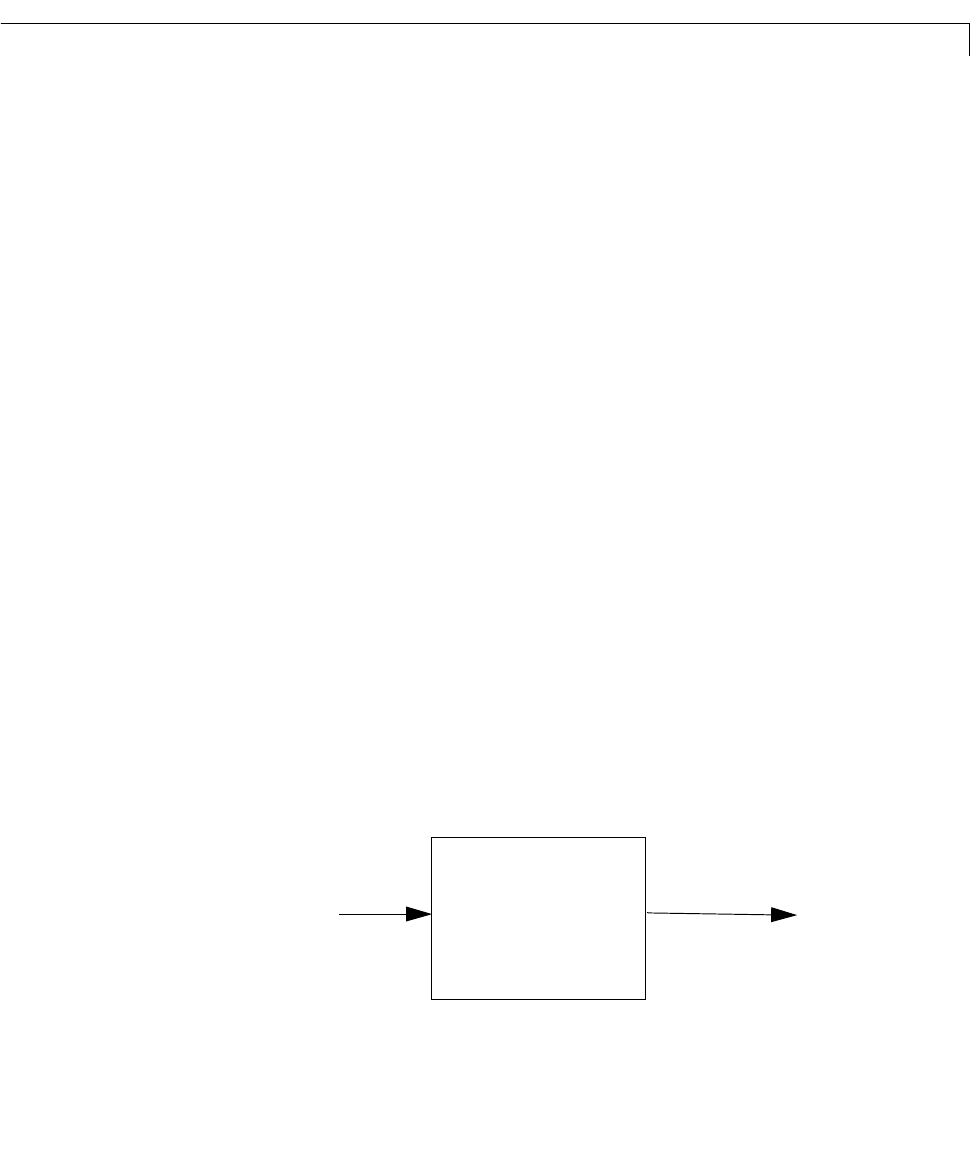User`s guide
Table Of Contents
- Preface
- Quick Start
- LTI Models
- Introduction
- Creating LTI Models
- LTI Properties
- Model Conversion
- Time Delays
- Simulink Block for LTI Systems
- References
- Operations on LTI Models
- Arrays of LTI Models
- Model Analysis Tools
- The LTI Viewer
- Introduction
- Getting Started Using the LTI Viewer: An Example
- The LTI Viewer Menus
- The Right-Click Menus
- The LTI Viewer Tools Menu
- Simulink LTI Viewer
- Control Design Tools
- The Root Locus Design GUI
- Introduction
- A Servomechanism Example
- Controller Design Using the Root Locus Design GUI
- Additional Root Locus Design GUI Features
- References
- Design Case Studies
- Reliable Computations
- Reference
- Category Tables
- acker
- append
- augstate
- balreal
- bode
- c2d
- canon
- care
- chgunits
- connect
- covar
- ctrb
- ctrbf
- d2c
- d2d
- damp
- dare
- dcgain
- delay2z
- dlqr
- dlyap
- drmodel, drss
- dsort
- dss
- dssdata
- esort
- estim
- evalfr
- feedback
- filt
- frd
- frdata
- freqresp
- gensig
- get
- gram
- hasdelay
- impulse
- initial
- inv
- isct, isdt
- isempty
- isproper
- issiso
- kalman
- kalmd
- lft
- lqgreg
- lqr
- lqrd
- lqry
- lsim
- ltiview
- lyap
- margin
- minreal
- modred
- ndims
- ngrid
- nichols
- norm
- nyquist
- obsv
- obsvf
- ord2
- pade
- parallel
- place
- pole
- pzmap
- reg
- reshape
- rlocfind
- rlocus
- rltool
- rmodel, rss
- series
- set
- sgrid
- sigma
- size
- sminreal
- ss
- ss2ss
- ssbal
- ssdata
- stack
- step
- tf
- tfdata
- totaldelay
- zero
- zgrid
- zpk
- zpkdata
- Index

Creating LTI Models
2-17
it is often desirable to work with the descriptor form when the matrix is
poorly conditioned with respect to inversion.
The function
dss is the counterpart of ss for descriptor state-space models.
Specifically,
sys = dss(A,B,C,D,E)
creates a continuous-time DSS model with matrix dat a A,B,C,D,E.For
example, consider the dynamical mode l
withve ctor ofang ular velocities .I f theinertia matrix is poorlycond it ioned
with respect to inversion, you can specify this system as a descriptor model by
sys = dss(–F,eye(n),eye(n),0,J) % n = length of vector
Frequency Response Data (FRD) Models
Insomeinstances, you may only havesampled frequency responsedata,rather
than a transfer function or state-space model for the system you want to
analyze or control. For information on frequency response analysis of linear
systems, see Chapter 8 of [1].
Forexample,supposethe frequencyresponsefunctionfor the SISOsystem you
want to model is G(w). Suppose, in addition, that you perform an experiment
to evaluate G(w) at a fixed set of frequencies, . You can do this by
driving the system with a sequence of sinusoids at each of these frequencies, as
depicted below.
E
J
dω
dt
--------
F ω+ T=
y ω=
ω
J
ω
w
1
w
2
…
w
n
,,,
w
i
tsin
G(w) =
y
i
t()










